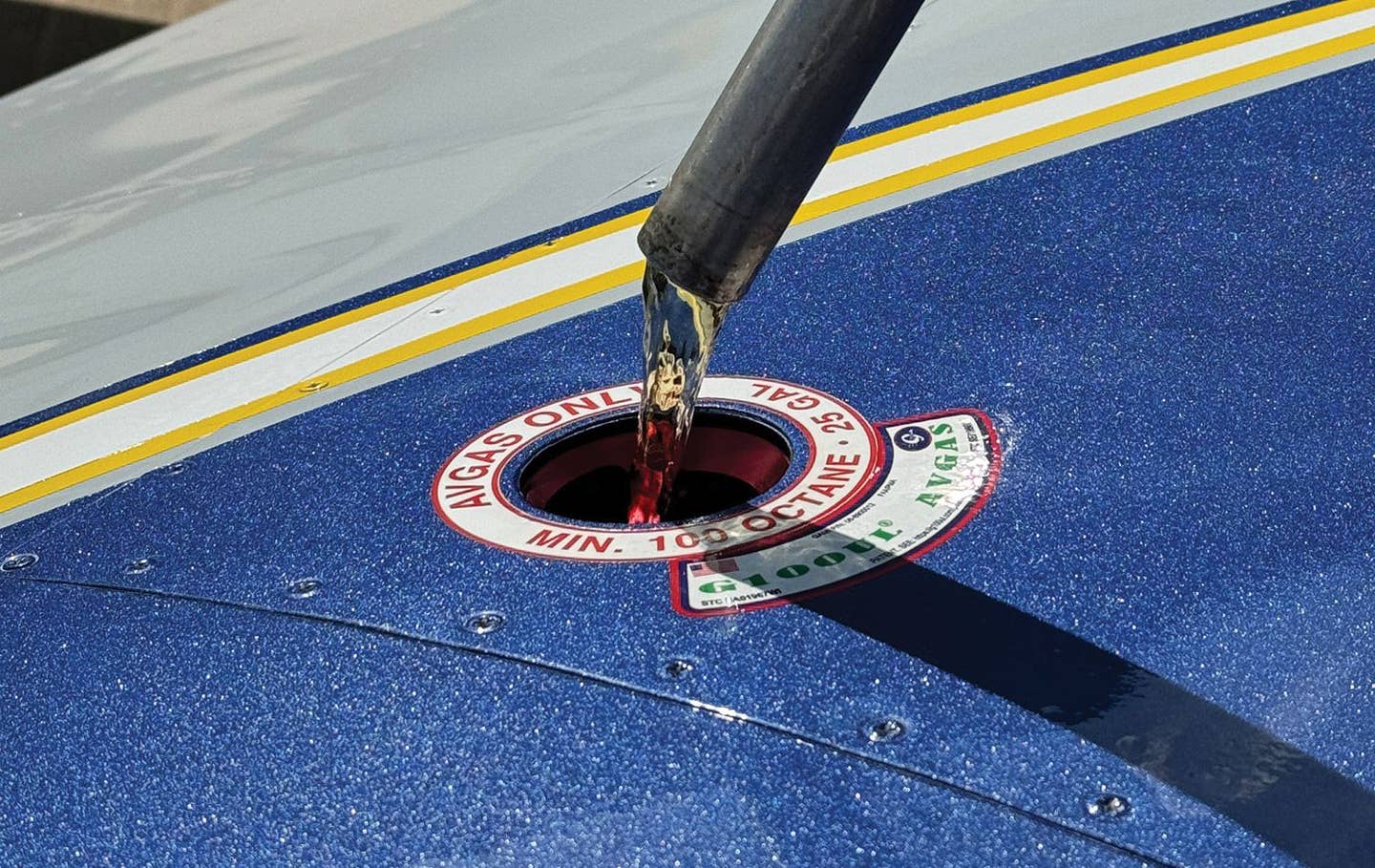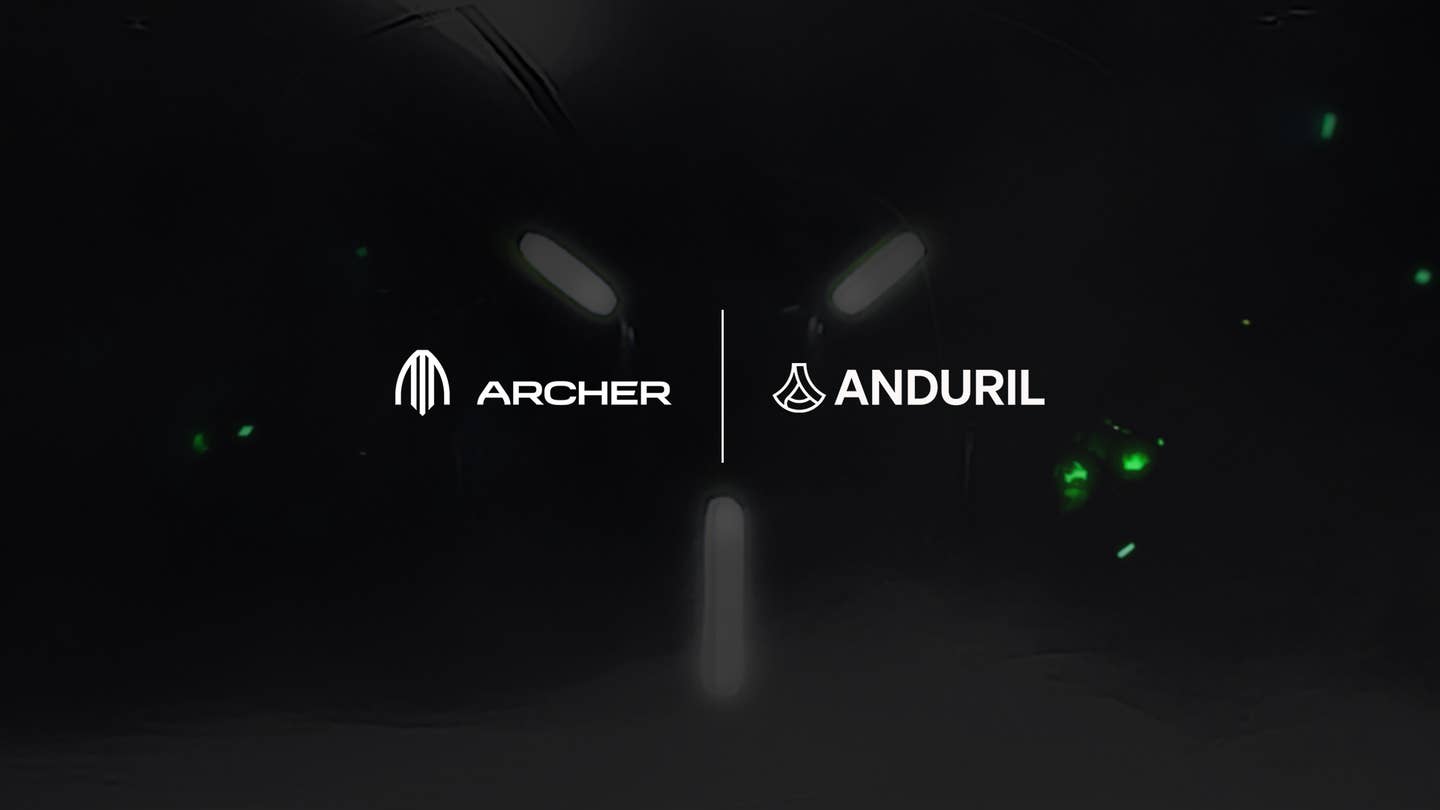G100UL Flight Review: No Big Deal
The first FAA-approved 100 octane unleaded fuel is virtually indistinguishable from 100LL in operation and offers some important benefits beyond the environmental ones. Rick Durden, a regular contributor to our…

The first FAA-approved 100 octane unleaded fuel is virtually indistinguishable from 100LL in operation and offers some important benefits beyond the environmental ones. Rick Durden, a regular contributor to our sister publication Aviation Consumer, logged 3.3 hours in a Beech C55 Baron with one engine running on General Aviation Modifications Inc.'s (GAMI's) G100UL and the other running 100LL. "We didn’t have to check the phase of the moon before starting the engine, no modification to the engine was required to accept and burn the fuel safely and we didn’t have to have any special training before lighting off and running it," Durden wrote. "Ho-hum, no big deal."
That fuel is also about 3% more energy dense than 100LL, doesn't leave deposits in the engine and on spark plugs and is being produced in commercial quantities for the first time, as we reported earlier this week. It should go on sale in California before summer. GAMI and AOPA, which is supplying the Baron, will be at the Buckeye Air Fair Friday to Sunday doing demonstration flights and answering questions about the fuel.






